Toyota Unveils Silicon Carbide Semiconductor Trial
Toyota unveiled its plans Wednesday to trial a new hybrid system using silicon carbide power semiconductors that could find its way into hybrids and EVs.
The trial will compare the new silicon carbide semiconductors with silicon units currently found in many a hybrid’s, FCV’s and EV’s power control unit, which are linked to a 20 percent loss in overall electric power. The aim is to increase powertrain efficiency by mitigating said losses through the new semiconductors.
The test subjects will be a Camry hybrid prototype and a fuel-cell bus. The bus trial began in early January, when Toyota started data collection on a setup featuring SiC diodes in the FCV’s voltage step-up converter. Meanwhile, the Camry — whose SiC components are in both the hybrid’s voltage step-up and inverter — will hit the road for a year beginning early next month. Both tests are being carried out in Toyota City, Japan.
Toyota hopes to have the SiC technology — developed in a partnership with Denso Corporation and Toyota Central R&D Labs, Inc. — ready for practical use as soon as possible.
Seattle-based writer, blogger, and photographer for many a publication. Born in Louisville. Raised in Kansas. Where I lay my head is home.
More by Cameron Aubernon
Latest Car Reviews
Read moreLatest Product Reviews
Read moreRecent Comments
- Canam23 I've rented them and found them...fine. I wish Ford had continued with or came up with a new generation Fusion which was a far better sedan.
- MaintenanceCosts The ES will do well in an electric version, assuming it's more thoroughly baked than the half-finished RZ. There's plenty of the Lexus customer base who use planes whenever they travel and don't need to drive their own cars outside the metro area.
- Legacygt It was more than 20 years ago that the Bangle designed BMW sedans started looking a little bit awkward. But the lineup today is chock full of downright ugly vehicles. This is one of them.
- Jeff It does state in this article that Europeans as well as Americans have cooled on EVs. I can see push back from consumers on the 2035 deadline for EVs in Europe and in states like California. I have no problem with manufacturers offering EVs but many for at least now don't want EVs. Maybe GM instead of planning to do away with the Malibu to make more EVs, GM should have offered the Malibu as a hybrid only like Toyota is offering the Camry for 2025. It would cost GM a lot less to offer a hybrid Malibu and it would outsell any EV that plant would produce. I even think GM would increase sales of the Malibu as a hybrid only and more competitive pricing.
- Kwik_Shift_Pro4X I fell asleep looking at that image.







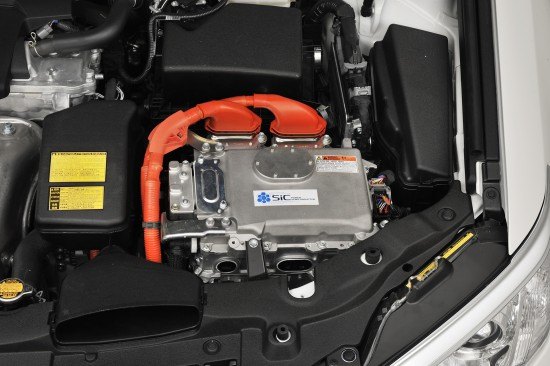













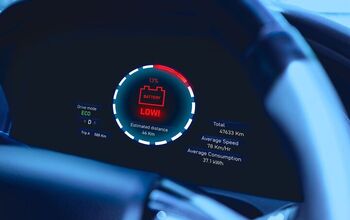




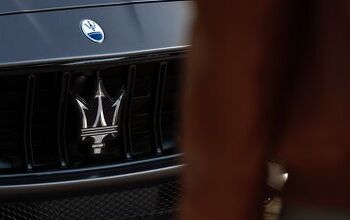



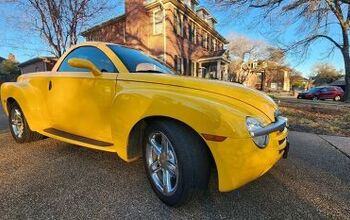
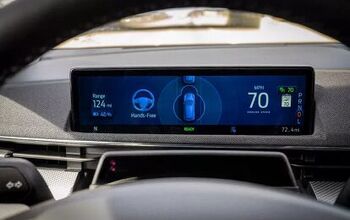


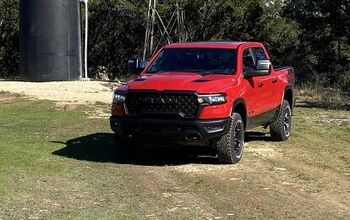


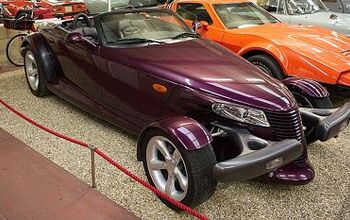
Comments
Join the conversation
Dr. Hibbert: 'Was it carbon based, or silicone based? Homer: 'The second one, xylophone.'
In an industrial application a "drive" is used to operate a squirrel cage induction motor at different speeds. The same motor connected to normal 60Hz AC power will run at a speed determined by the number of poles the motor was built with. 7200 / number of poles = motor rpm. Most motors are 3600, 1800 and 1200, slower motors with more poles are generally less common. An AC variable frequency drive takes the incoming 60Hz AC power and rectifies and filters it using a capacitor bank, to a single phase DC bus. Transistors are used to reconvert this dC power to AC of any desired frequency. You observe a voltage to frequency ratio when driving the motor so the operational rpm range of the motor is limited. This is exactly what's being done in a Tesla, except they start with DC from a battery. Those power transistors, sometimes called IGBT's or insulated gate bipolar transistors, rapidly switch the power to synthesize a pure sine wave at a frequency to achieve the desire motor rpm. Every step in his conversion has losses, just as the transistors have a voltage drop across their junctions and dissipate this power as heat. So big heat sink and whatever cleaver means to keep he electronics cool. Medium voltage drives have huge losses, the air conditioner is as large as the drive itself in most cases. This is what I do for a living.